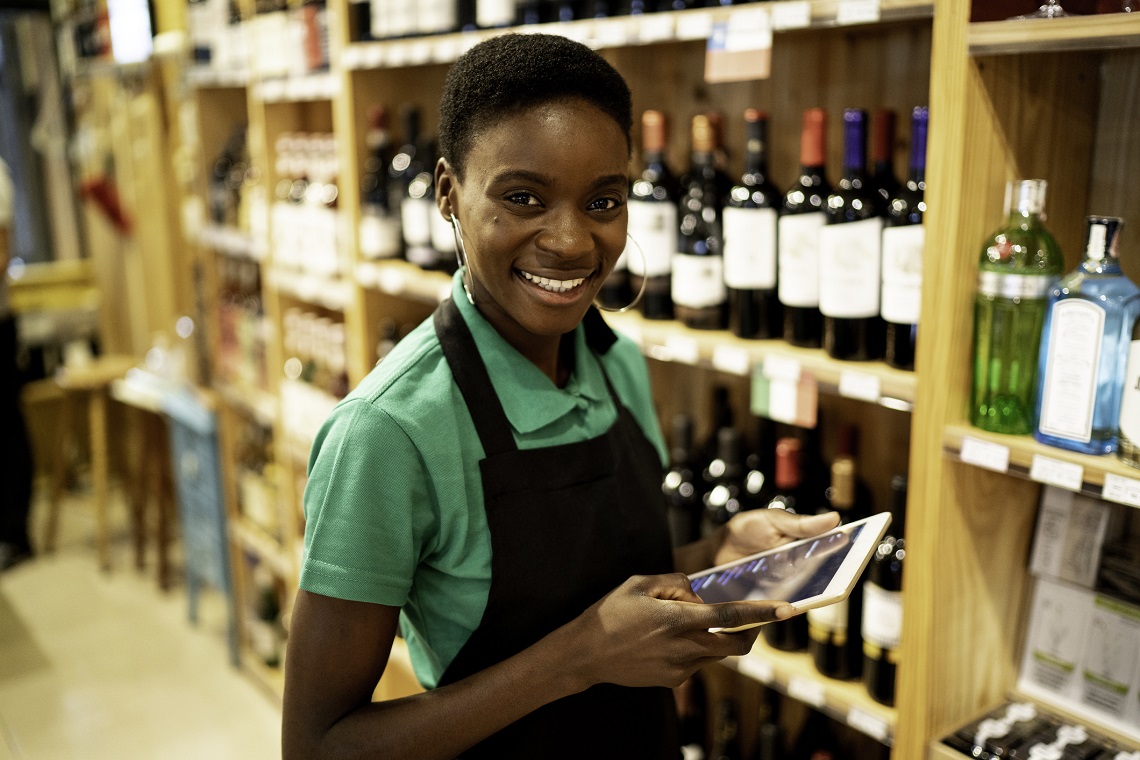Virtual reality tools are revolutionising the way that retailers plan merchandising changes, writes Stephen Wilson, Category and Insights Manager at Strikeforce.
Creating an environment where bricks and mortar shoppers remain engaged is dependent on having a deliberate and focused plan that can strategically meet shoppers needs based on occasion.
While there are obvious physical limitations to a store’s layout, things like the types of displays, where they are placed to engage the shopper and pique their interest on the journey around the store, what should be featured, and how often they are rotated, will have an influence on revenue and sales.
The best use of physical limitations of the store should be factored into any medium to long term strategy to ensure a positive customer experience.
This is where immersive virtual reality is helping to revolutionise merchandising and design processes, allowing retailers to build, design, and view a store complete with a finished floor plan, journey flow, category and product layout, and display locations in a virtual setting.
The ability to design and build a virtual store from digital twins, existing fixtures and product libraries vastly increases planning efficiency and the ability to move all elements around in a virtual environment, allowing the user to assess the impact of any changes and reduce time wastage and rework.
Being able to conduct a category and layout review complete with data points in an hour or less simply by slipping on a headset is revolutionising what were once big and complex changes to scope, into a relatively simple and time efficient process.
The comparative ease at which retailers can now reset a complete aisle or department before executing changes in the physical environment means that reviews and subsequent changes can be made on a more regular basis, keeping the offering fresh and interesting within the physical constraints of the store footprint.
As an example, it is possible to expand and contract allocated shelf space based on the seasonal demand and fluctuations of red, white and sparkling wine.
Not only can the range be assorted and placed onto the shelf, but by accessing a digital library, product can be moved around and ‘fitted into’ a designated space based on product dimensions, maximising precious real estate.
In addition, virtual reality allows for off-location displays to be placed on a virtual store floor, enabling the visual impact to be assessed and modified as required.
Taking this a step further, all off-location displays placed in the virtual store environment at any given time could be assessed for visual impact, flow and ability to disrupt the shopper on the store journey.
The future is here. Access to virtual reality is readily available and partnering with credible suppliers like Strikeforce in an immersive virtual environment increases demonstrable ROI for retailers and suppliers alike.
This article originally appeared in the July issue of National Liquor News.

